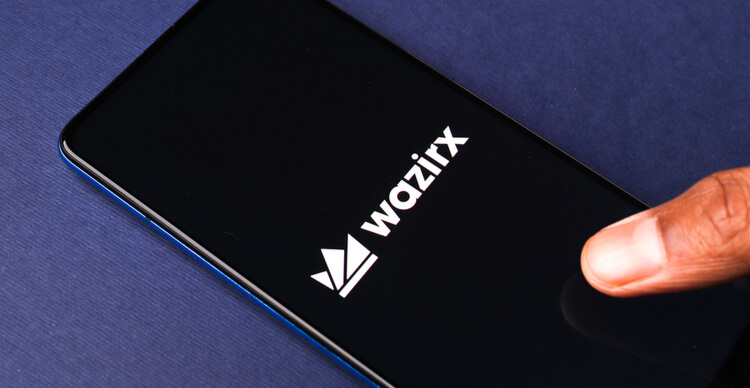Zilliqa is a blockchain network with exceptional levels of scalability due to its early implementation of sharding technology, making it particularly useful for corporations and large-scale, complicated processing. Sharding divides a blockchain network into sub-networks, allowing for parallel processing of certain tasks. Scilla is Zilliqa’s own programming language, which is built for security, scalability, and smart contract capabilities.
What is Zilliqa?
Zilliqa is a software program that tries to encourage a worldwide, distributed network of computers to operate a blockchain platform that uses sharding to improve user scalability.
Zilliqa is one of a number of rival blockchains attempting to build a decentralized application (DApp) and cryptocurrency ecosystem similar to Ethereum, Tron, and EOS.
To set itself apart from the competition, Zilliqa employs a sharding technique, in which its infrastructure is divided into numerous interconnected blockchains to enable more transactions.
Scilla is a native programming language from Zilliqa that focuses on security and allows developers to design and run customizable dapps that mimic real-world applications.
The network’s native cryptocurrency, ZIL, is used to execute programs, conduct transactions, and encourage actors that support the network in order to achieve all of these functionalities.
Zilliqa: roots and history
Prateek Saxena, an assistant professor at the National University of Singapore School of Computing, was the brains behind Zilliqa. In 2016, Saxena and other School of Computing students submitted a paper describing how a sharding-focused blockchain may increase network efficiency and performance.
Saxena co-founded Anquan Capital with Max Kantelia, a long-term financial and IT entrepreneur, and Juzar Motiwalla, the former president of the Singapore Computer Society, around the same time.
In June 2017, the business established Zilliqa Research to further the Zilliqa network, appointing Dong Xinshu as CEO, Yaoqi Jia as chief technology officer, and Amrit Kumar as a chief scientific officer. All three previously worked at the NUS School of Computing as research fellows.
How does Zilliqa work?
Smart contracts, transaction settlement, and token issuance are all available on the Zilliqa network, which is similar to other cryptocurrency networks.
Scilla, the company’s proprietary programming language, allows developers to execute bespoke programming logic (smart contracts) and create new programs (decentralized apps) to provide a variety of products and services.
While the implementation of Zilliqa is complicated, the system’s ultimate goal is to execute smart contracts and verify network transactions in an optimized and reliable way.
Sharding is a network structure that divides the network into many sections, or shards, allowing nodes to handle just a portion of the network’s transactions.
Each shard functions as its own blockchain, allowing nodes allocated to it to store data, process transactions, and add new microblocks to the shard chain.
Directory Service Nodes (or DS nodes) assemble microblocks into a transaction block, which is subsequently uploaded to the Zilliqa blockchain.
The shard nodes only carry a fraction of the Zilliqa blockchain and do not need to keep the whole history of Zilliqa.
The Practical Byzantine Fault Tolerance (pBFT) governance system, which maintains the distributed network of computers in sync, lies at the heart of Zilliqa.
Nodes must stake ZIL before they can power the blockchain and vote on modifications, which means that everyone who possesses ZIL may assist run the network. Before a microblock is completed and integrated into a transaction block using pBFT, all nodes allocated to certain shards must agree.
For authenticating the transactions, each node is awarded a piece of the block reward.
Why choose Zilliqa?
Zilliqa promises to be the first public blockchain to use a sharded network exclusively. This enables it to reach high throughput and a high number of transactions per second, hence resolving the scalability issue, according to the company.
Because each shard processes transactions independently, the number of transactions that can be handled per second increases as the network develops and the number of shards grows. Furthermore, records are instantaneously posted to the Zilliqa blockchain after processing, requiring no further confirmation time.
Zilliqa aspires to be the blockchain of choice for large-scale corporate applications, such as advertising, gaming, entertainment, financial services, and payments. The platform’s team stated in its 2018 position paper that it aims to compete with existing centralized payment mechanisms like VISA and MasterCard.
Anquan Capital and Zilliqa Research, the corporation that developed Zilliqa, both have considerable ZIL reserves.




